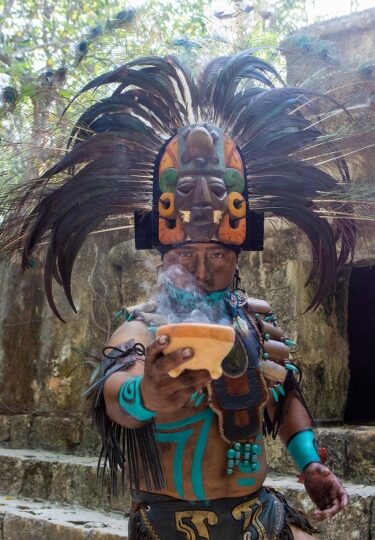When we think of Mexico, it is more often its culture and traditions that set it apart from its neighbors. Passionate music, incredible food, and a love of life combine to create an unforgettable experience for any visitor.
Mexico also has the most museums of any country in Latin America, and the second most visited Catholic sanctuary in the world after the Vatican. It is a country that will constantly surprise you.
Here are some highlights of Mexican culture and traditions to inspire you to discover more of the country’s rich character and history.
The Cuisine Is Rich and Varied
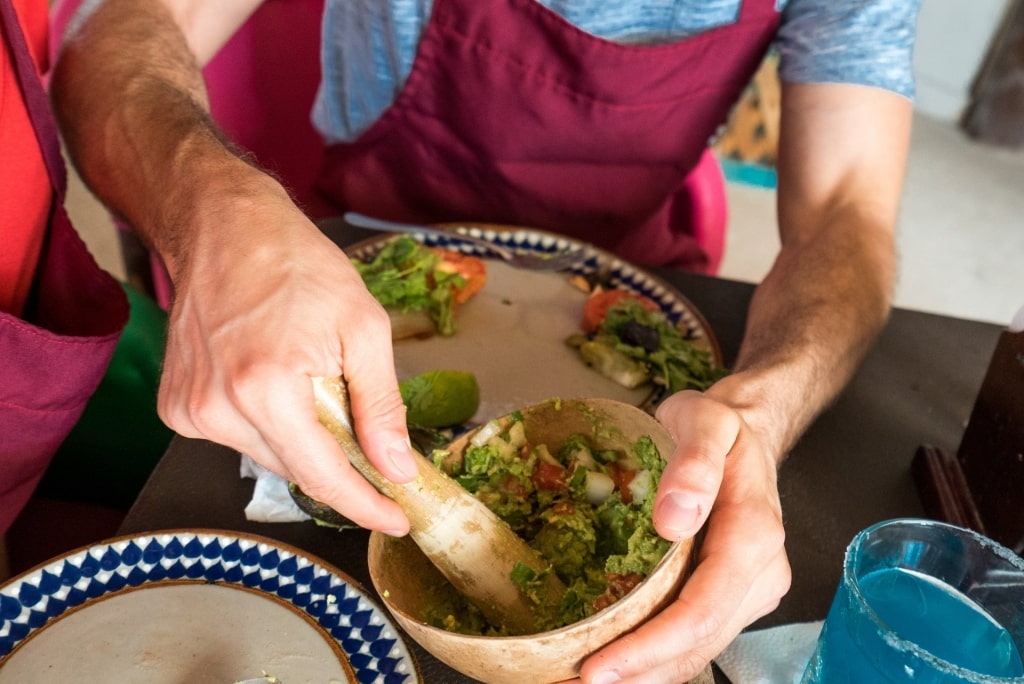
Cooking class in Mexico
Spicy, colorful and imaginative, Mexican cuisine is now famous worldwide. It has come a long way from the “Tex-Mex” restaurants that first introduced it to most of us.
As you travel around Mexico, discover the regional variety that is at the heart of every great cuisine, from Italian to Japanese. The Pacific Coast makes best use of its plentiful fish, for example.
The Yucatan shows its Maya roots in dishes featuring corn, honey and tropical fruits. In 2010, the whole was recognized by UNESCO as an Intangible Cultural Heritage of Humanity.
Besides eating out at many great restaurants, you can learn about Mexican food on tours and in cookery classes. Puerto Vallarta and Cozumel are among the destinations offering classes.
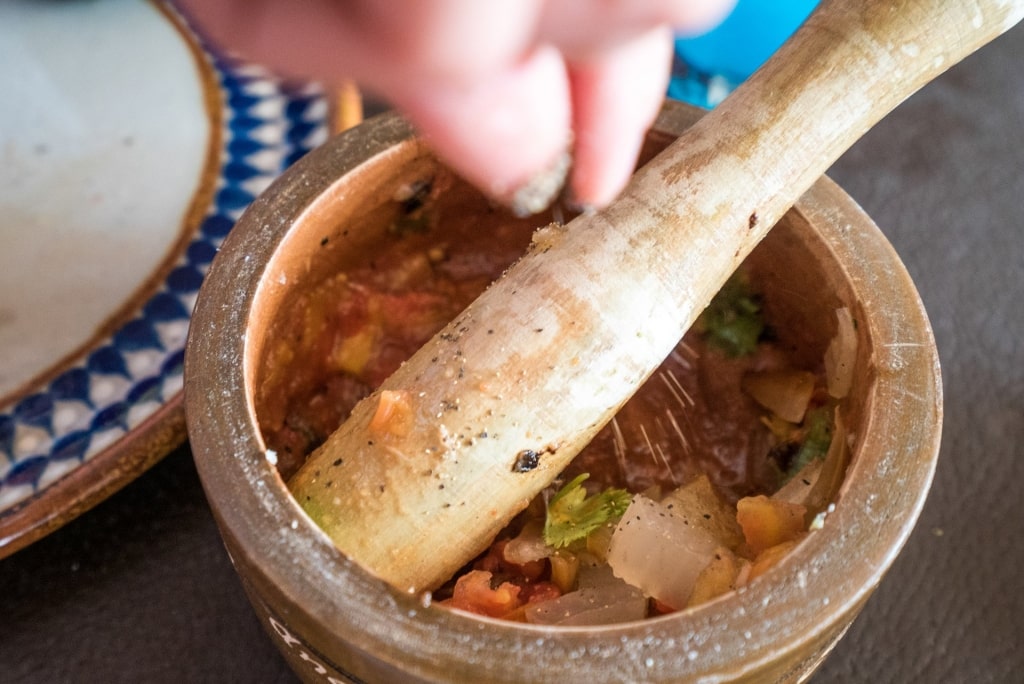
Salsa making class
One of the best things to do in Cabo is to join a salsa class. Dancing chefs help you brush up your moves at the same time as delivering a masterclass in creating spicy salsa and Oaxacan guacamole. And in Old Mazatlán, the market and many restaurants will provide their own culinary inspiration.
Chocolate Culture Dates Back 4,000 Years
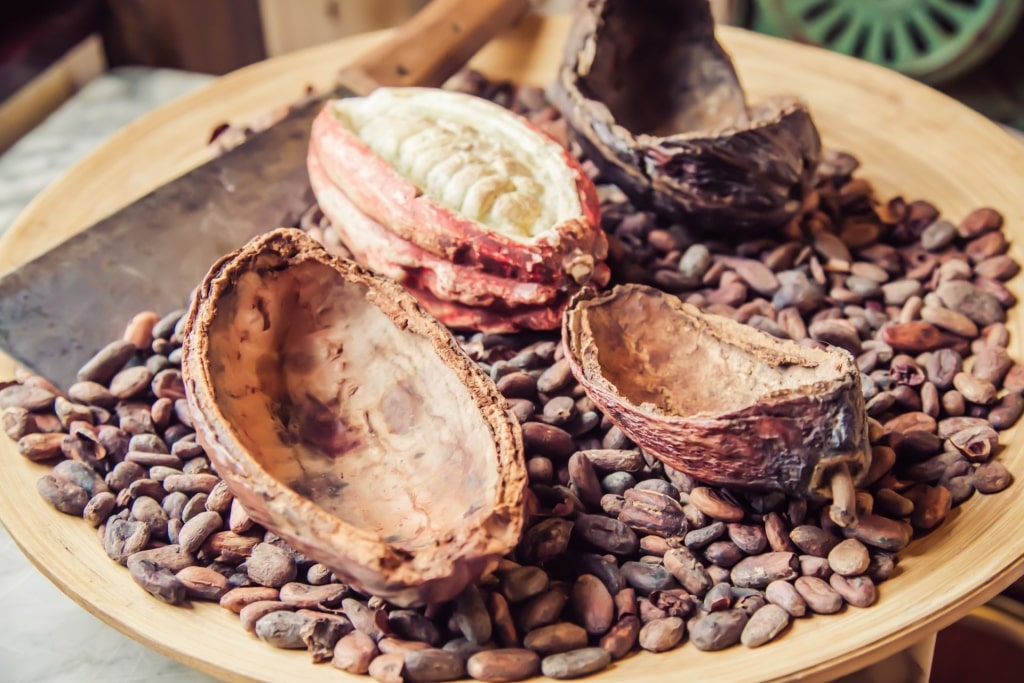
Cacao
Chocolate’s history in Mexico goes back about 4,000 years, with the Olmec language giving us the word “cacao”. Ancient sites contain remnants of chocolate drinks in jars, and ancient glyph carvings show the beans.
The Maya fermented cacao, mixed it with corn, honey and chili, and drank it hot. The later Aztecs drank it cold and bitter, frothing like champagne, often in religious rituals.
The Aztecs as well as other cultures in the region even used cacao as a currency; for them, money really did grow on trees.
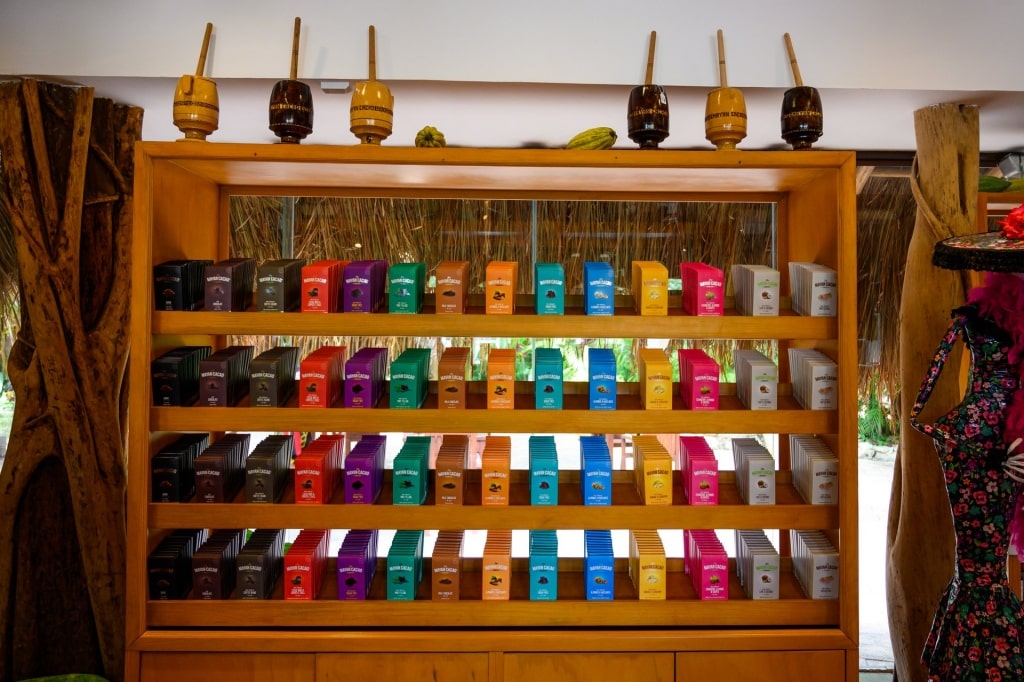
Mayan Cacao Company, Cozumel
In today’s Mexico, you will find chocolate in many forms. Frothy chocolate drinks made from cinnamon-flavored bars of dark chocolate are a common treat.
In cooking, chocolate “mole” is made with spices, dried chilis and onion, and lots of other ingredients depending on the region. This thick, hot sauce is served with chicken or pork, or stirred into chili.
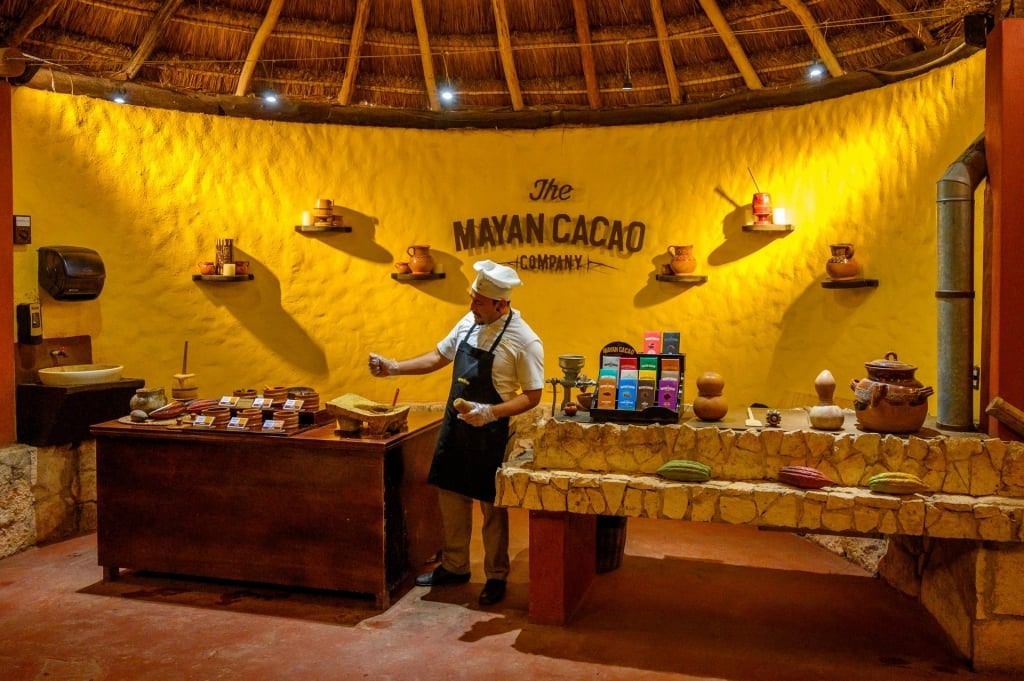
Mayan Cacao Company, Cozumel
The Mayan Cacao Company in Cozumel will explain more about the importance of chocolate in Mexican culture and traditions. As well as trying some unusual chocolate treats, you can find it in everything from soaps to margaritas as souvenirs to take home.
Read: Where to Go Shopping in Cozumel
Mexico Is the Birthplace of Tequila
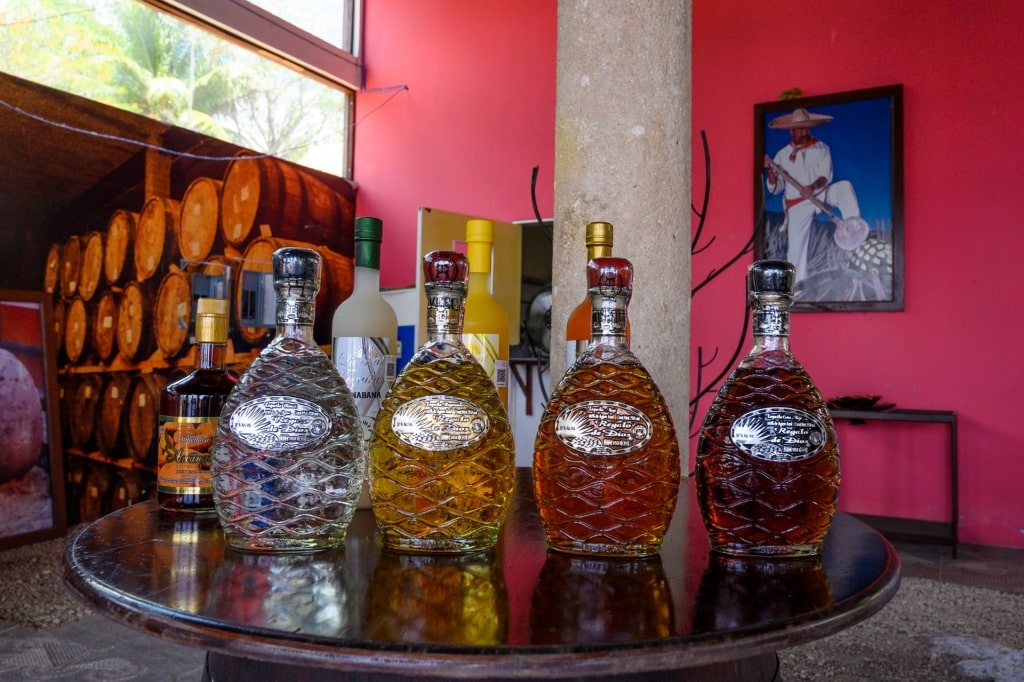
Tequila
Outside Mexico, you might be used to drinking tequila with salt and lime or in a margarita with a salted rim. In Mexico, however, good tequila is drunk with alternating sips of sangrita, made from orange juice, lime and chilli.
A form of tequila called “pulque” was sacred to pre-Aztec indigenous civilizations. The Spanish added knowledge gained from winemaking to produce the tequila we know today. Mexico actually exports far more tequila than it consumes, with the U.S. its biggest market by a long way.
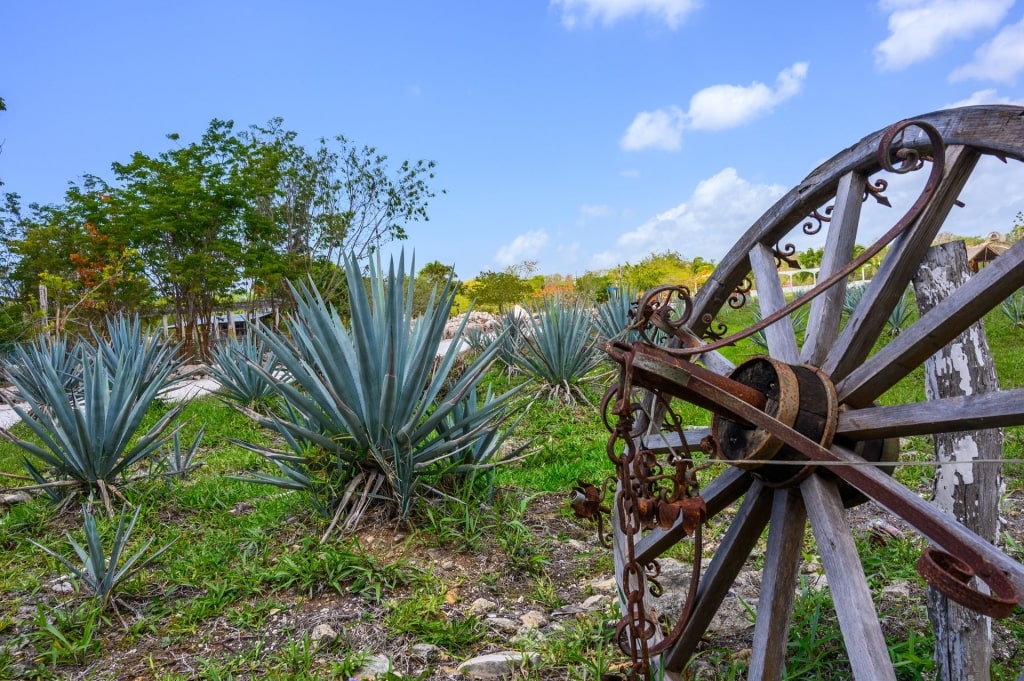
Blue agave plant
The drink comes from the heart of the blue agave plant, cooked and fermented. Agave is a member of the lily family, not a cactus as its spikes might suggest.
A close relative is mezcal, a smokier drink also made from agave. It is famous for the “worm”—actually a moth larva—found in many bottles.
You can learn more on the many tequila tours on offer or by visiting distilleries such as Hacienda Dona Engracia in Puerto Vallarta. Follow the process from plant to bottle, sampling different ages and flavors of tequila.
Read: Best Things to Do in Puerto Vallarta
The Art Scene Spans Centuries
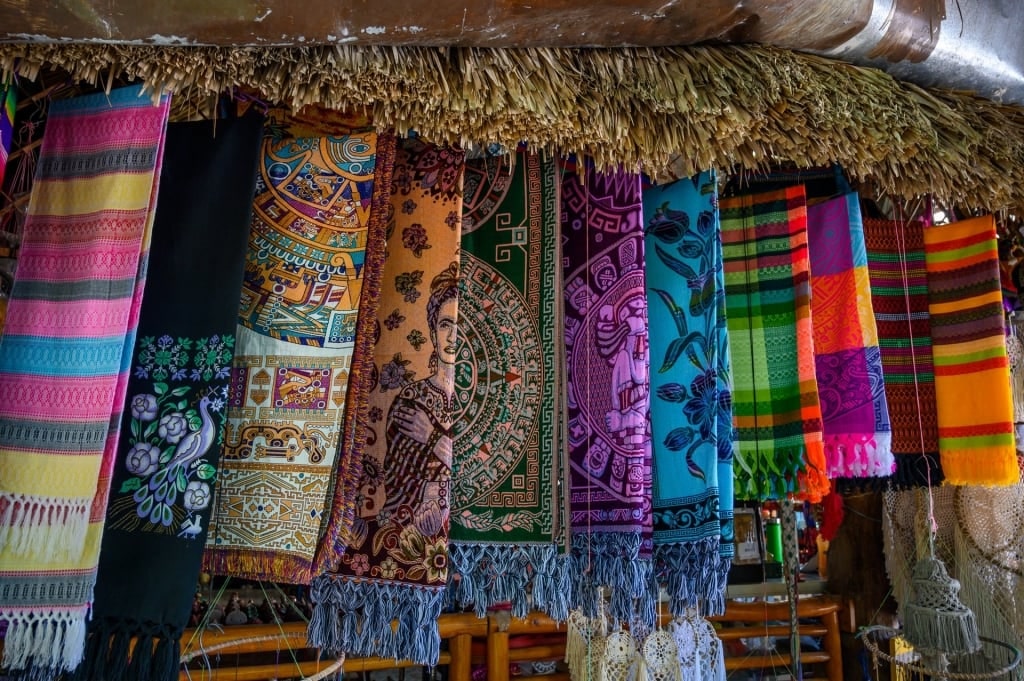
Cozumel
Mexican artists such as Frida Kahlo and Diego Rivera are now world famous and represent an artistic tradition dating back to pre-Columbian times. Rivera won most fame as a muralist and this art form can be seen in many of Mexico’s public spaces.
Much ancient art and sculpture was destroyed by Spanish missionaries but enough survives to give a taste of how glorious it was. The National Museum of Anthropology in Mexico City is the main depository of historic treasures but the museums you may visit throughout Mexico all have their own.

Arts District of San José del Cabo
Modern galleries also feature folk art as well as contemporary work by artists such as Damián Ortega, Betsabeé Romero or Dr. Lakra. Search out the next big name in the Arts District of San José del Cabo, 30 mins from Cabo San Lucas, where different galleries feature everything from paintings and sculpture, to jewelry and furniture.
Puerto Vallarta also has a rich art scene, highlighted in its weekly ArtWalk. You will discover folk art, sculpture, glassware, ceramics and other wonderful work in its many galleries and shops.
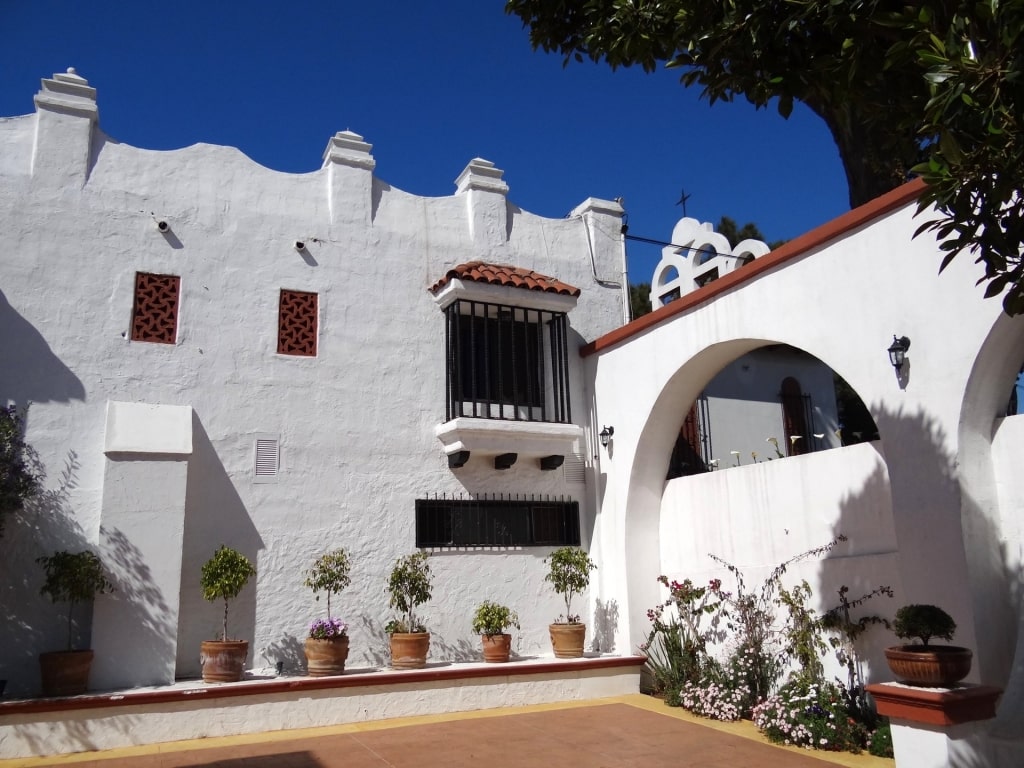
Riviera Center of Ensenada Photo by Adam Jones on Flickr, licensed under CC BY 2.0
The Riviera Center of Ensenada houses a museum and art gallery and also has regular exhibitions. The Moorish-style building—originally a Prohibition-era hotel and casino—is a work of art in itself.
Faith and Folklore Shape Daily Life
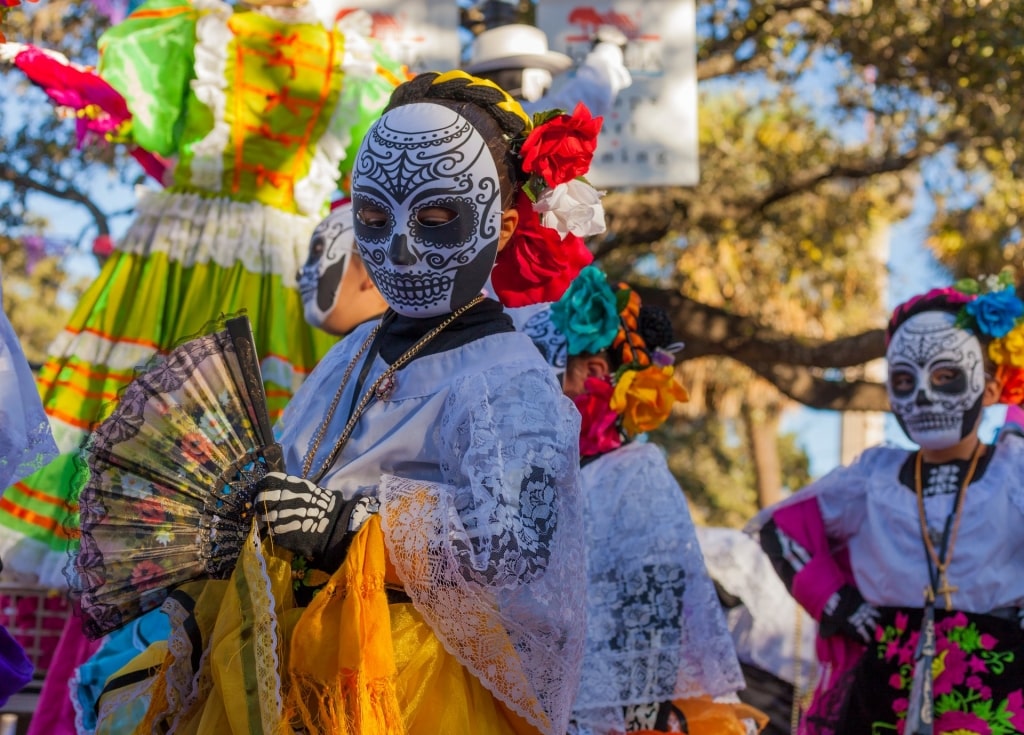
Day of the Dead
The vast majority of Mexicans are Catholics, and the religious rituals for Semana Santa (Holy Week) are a highlight in the calendar. Festivities for the country’s patron saint, Our Lady of Guadalupe, come a close second.
Mexico’s Catholic beliefs are blended with much older rituals in such festivals as November’s Day of the Dead. This is a time to visit graves and share memories with family and friends.
There are also countless festivals to celebrate local patron saints as well as major dates such as Christmas. Food, drink, music and dance are on offer and everyone is welcome.
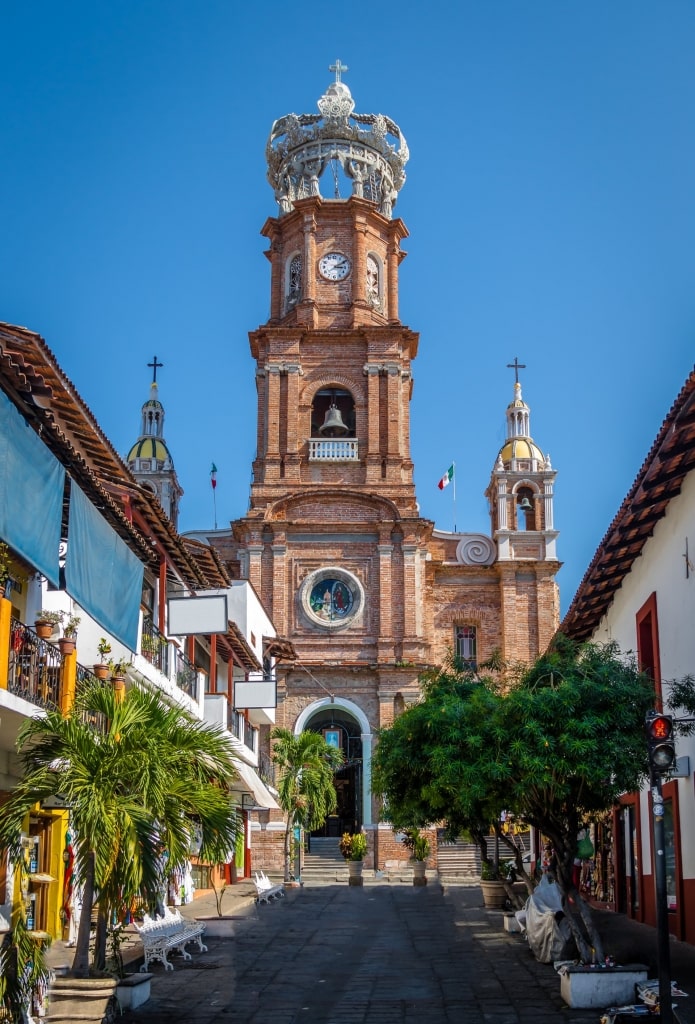
Our Lady of Guadalupe, Puerto Vallarta
Outside these annual events, the many churches and cathedrals in Mexico are always worth a visit. The Cathedral of Corpus Christi in Cozumel is a must-see, while Our Lady of Guadalupe in Puerto Vallarta is actually a symbol of the city.
In Mazatlán, the Cathedral Basilica of the Immaculate Conception was finished in 1899. Beautiful both inside and out, it is a centerpiece of the downtown area.
There’s More to Music Than Mariachi
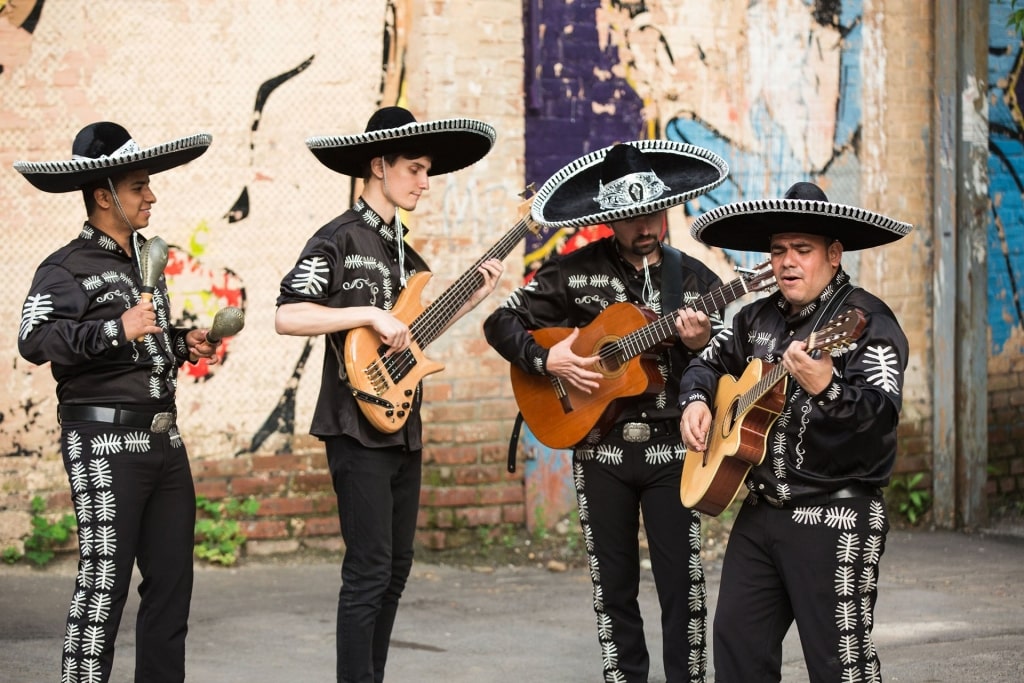
Mariachi
The first sight—and sound—greeting many visitors to Mexico is often a Mariachi band. Featuring costumed musicians playing violins, trumpets and guitars, these groups of musicians are a regular sight in restaurants and plazas.
Mariachi’s “charro” costume is the traditional dress of Mexican cowboys. This reflects its origins as the folk music of workers on the haciendas of old. Recognized by UNESCO, the music is now fully urbanized and you will hear it everywhere you go.
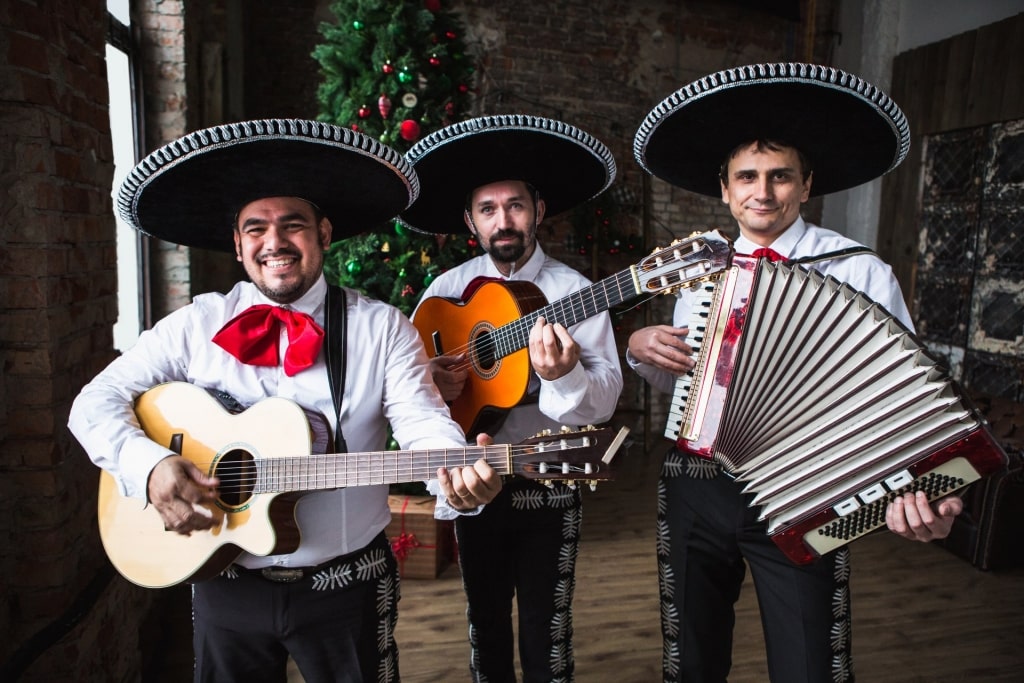
Mariachi
Besides this well-known style, you will recognize many other forms of Mexican music. The variety includes the accordion-rich Norteño; Rock, made famous by Carlos Santana; and dance-friendly Cumbia, which actually originated in Colombia.
The bluesy Ranchero and narrative-style Corrido are familiar from radio stations and TV shows. You may also be lucky enough to hear some pre-Hispanic music, which usually features the flute and drums.
Almost all this foot-tapping music is dance-friendly and embodies Mexico’s exuberance and joie de vivre.
Mystery Still Surrounds Mayan Civilization
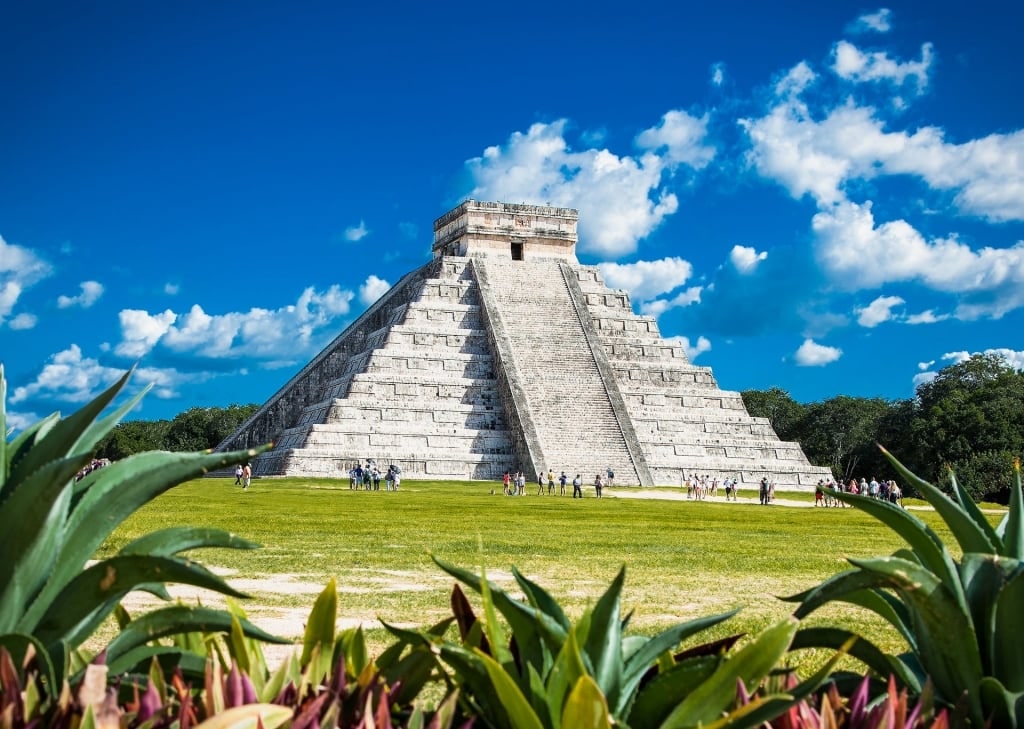
Chichén Itzá
Chichén Itzá, Tulum, Coba… the magnificent ruins left by the Maya are a must-see for any visitor to Mexico’s Yucatán Peninsula.
The Maya civilizations—a set of separate city states with a common language and religion—arose around 1800 BCE. They developed the mathematical concept of zero and a deep understanding of astronomy.
At Chichén Itzá, one of the New Seven Wonders of the World, the El Caracol structure, often called “The Observatory,” is linked to the orbit of Venus. And a shadow hits the stairway of El Castillo, the Temple of Kukulcan, in the form of a “serpent” during the equinox.
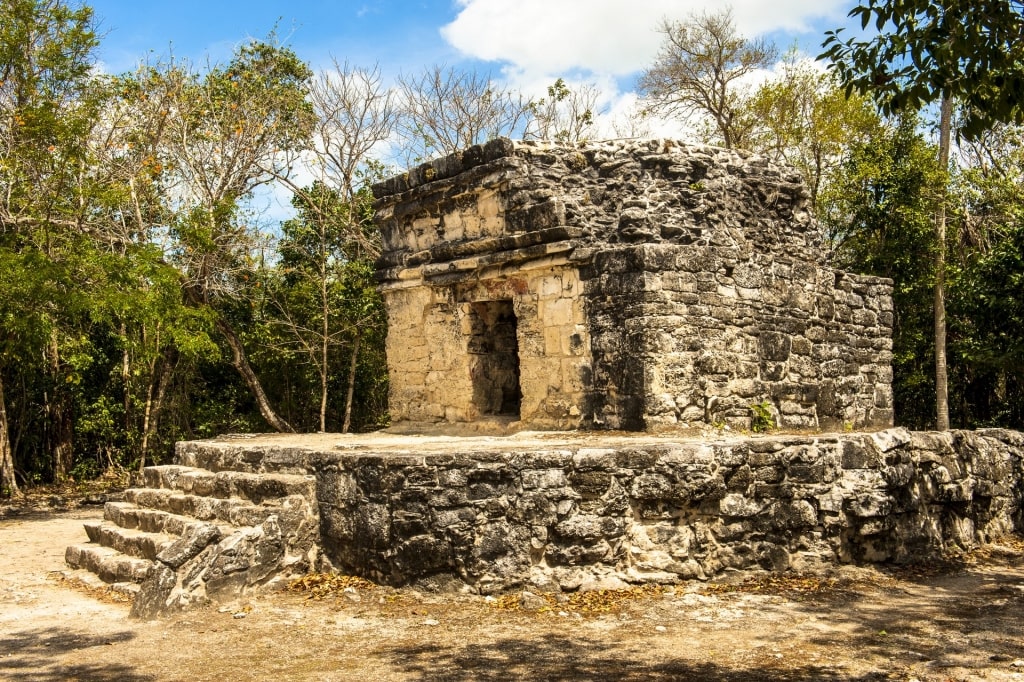
San Gervasio, Cozumel
A much smaller, more intimate site is San Gervasio on the island of Cozumel. Thought to have been one of the most important pilgrimage sites in Central America, it has a pyramid, temples and other halls.
The Maya city of Coba, accessible as a day trip from Cozumel, had a population of 50,000 at its peak around 900 AD. The ruins are so extensive, you will need a guided tour to explore them properly, not least as much of the city is still hidden beneath dense jungle, which hid the city until the 1970s.
At the site’s heart is the Nohoch Mul, or “Great Mound,” pyramid. Climb to the top for fantastic views over the jungle, bearing in mind that less than ten percent of Coba has actually been excavated.
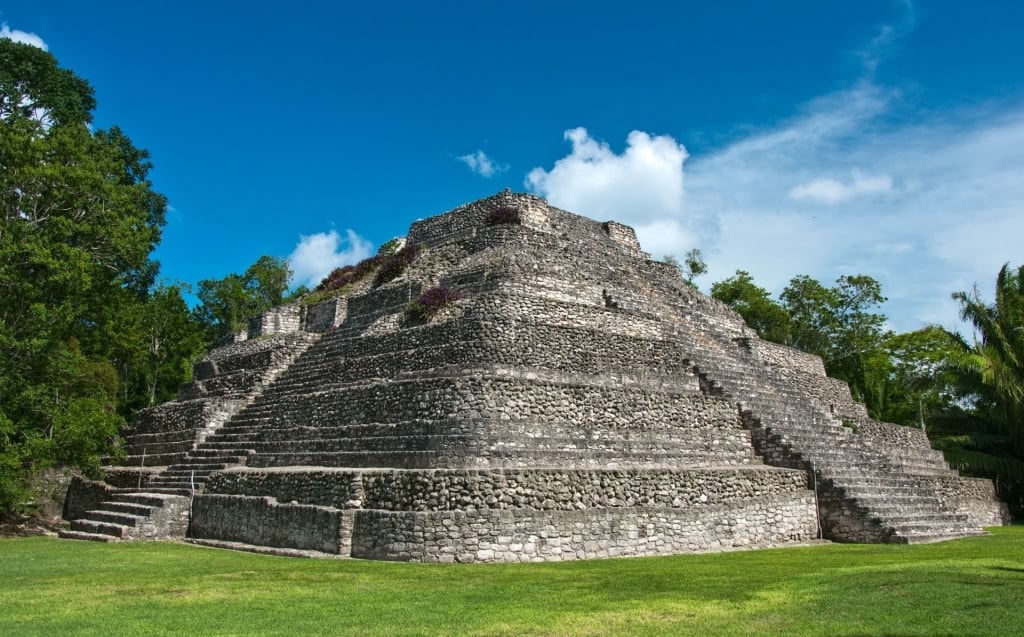
Chacchoben, Costa Maya
On the Costa Maya, the ruins of Chacchoben consist of three pyramids and other impressive structures. You can even see red paint still on some of the walls.
At Kohunlich, there are the remnants of a royal palace, a ball court and some extraordinary Maya masks. Much of nearby Dzibanche remains under jungle cover but can be viewed from the top of its striking pyramid.
Read: The Best Mayan Ruins Near Cozumel, Mexico
Indigenous Culture Is Thriving
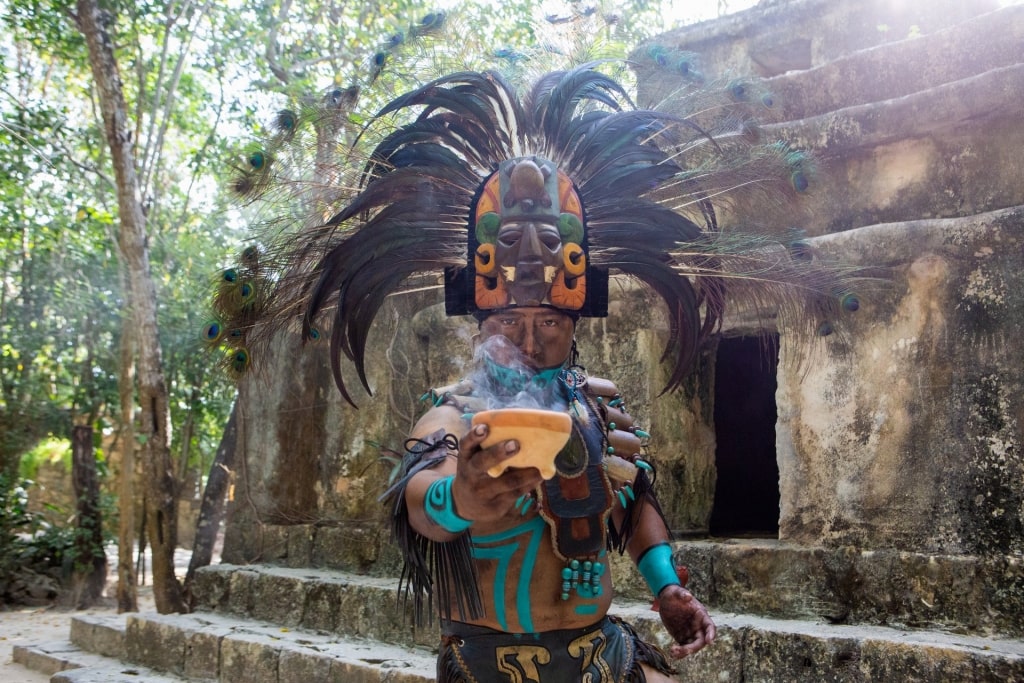
Just over 20 percent of the people of Mexico are indigenous and the country has more than 60 different languages. Every region has its own ethnic groups, who will show off their culture proudly on special occasions and in daily life.
The Maya, for example, abandoned their cities around 1500 AD. Although no one knows why, the Maya have not vanished. Around 500,000 people of Maya descent remain in Mexico, most still speaking Mayan.
In Yucatan, many of the guides you encounter on archaeological sites may be of Maya descent. The huipiles or dresses worn by many women trace their embroidered designs back to pre-Hispanic culture.
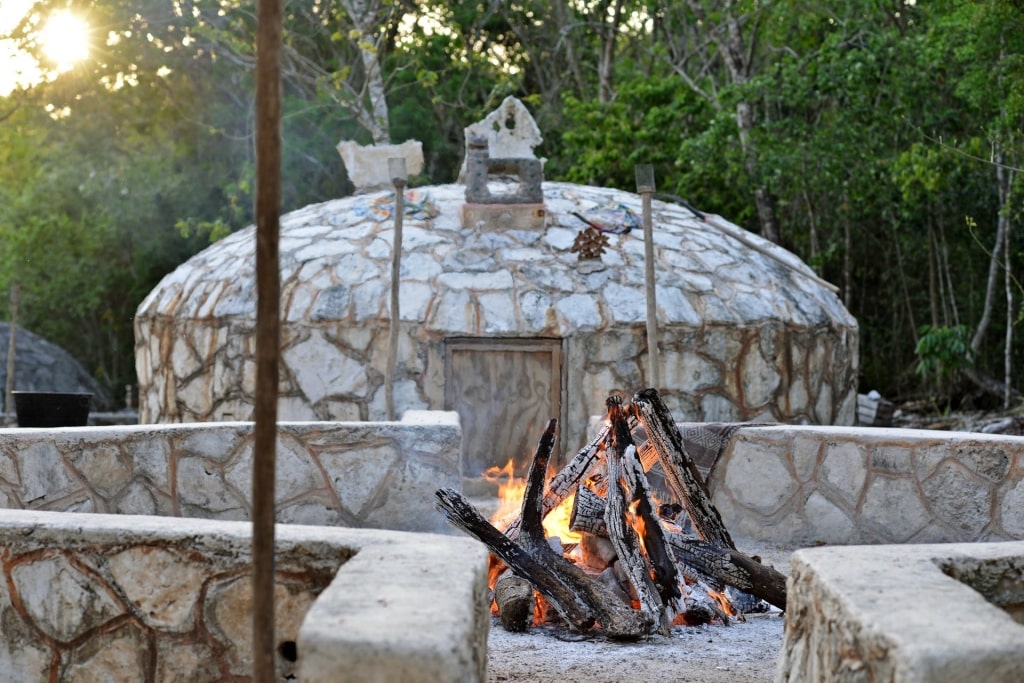
Temazcal ritual in Costa Maya
In Costa Maya, you can experience a Mayan healing ritual, a healing cleanse led by a shaman. Relax in the Temazcal, a traditional Mayan sweat lodge, like a sauna, followed by a clay mask treatment, a coconut bath and a relaxing hammock massage.
Elsewhere in Mexico, you will meet other examples of indigenous life. In costume, music, dances and cuisine, they all add to the richness of this amazing country.
Conservation Comes First
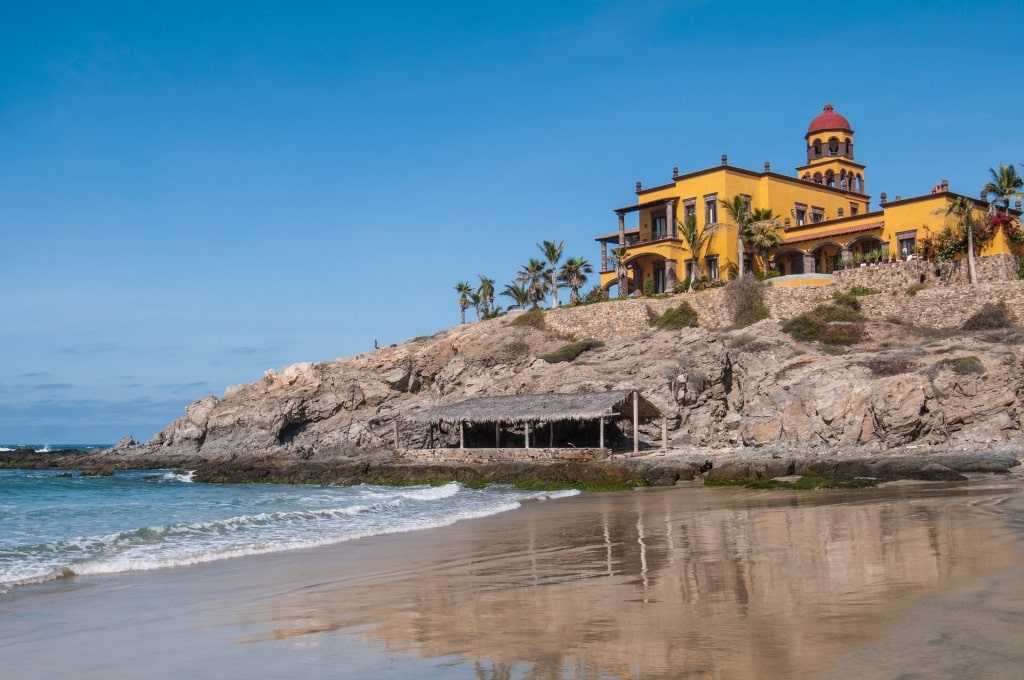
Todos Santos Island
Mexico has thousands of miles of coast along its Pacific, Caribbean and Gulf of Mexico coasts, and countless islands. With its warm climate, beach life is a key part of its culture, while abundant marine life can be discovered from a kayak, or on snorkel trips and dives.
But where locals used to hunt and fish, now they conserve. Instead of hunting whales, former fishermen now protect them, offering sustainable whale-watching tours.
Near Ensenada, you can visit Todos Santos Island to hear more about the annual gray whale migration to the rich feeding grounds of Alaska from the calving lagoons here in Baja California.
Read: Where to Go Whale Watching in Mexico
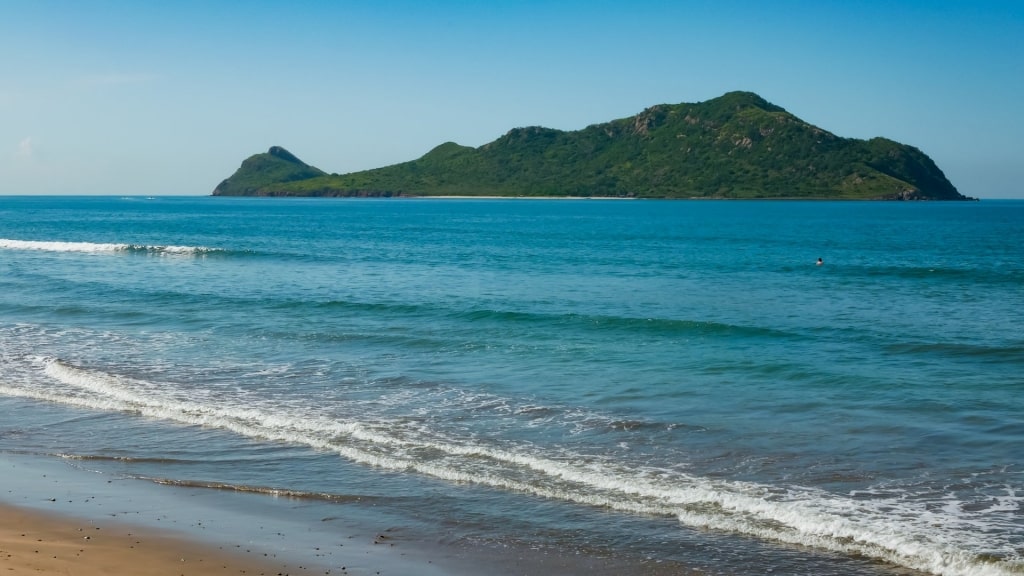
Deer Island
One of the best things to do in Mazatlán is to visit Deer Island, a 100-acre nature preserve just off the coast created to protect local bird species and marine fauna.
A kayak tour is the best way to experience the rich marine life of this beach in Mazatlan, hopefully including sightings of dolphins and seals. The snorkeling here is also superb.
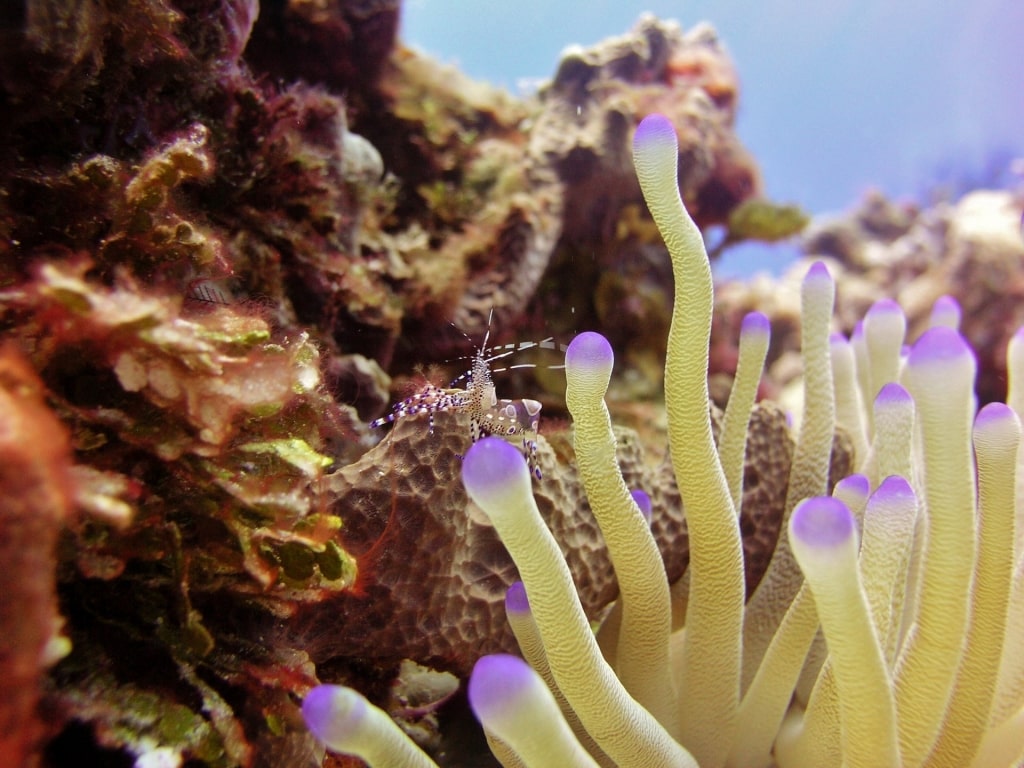
Cozumel National Marine Park
On the Caribbean coast, Cozumel abounds in white sandy beaches and marine reserves. Swim, snorkel or dive in the lagoons of Punta Sur Eco Beach Park, part of the Cozumel National Marine Park, or just relax on some of the best beaches in the Riviera Maya.
To dive the Mesoamerican Barrier Reef, head to Mahahual on the Costa Maya. Here, eco-friendly dive centers will help you explore the biggest barrier reef in the western hemisphere.
Read: Cabo Vs. Cancun: Which One Is Best?
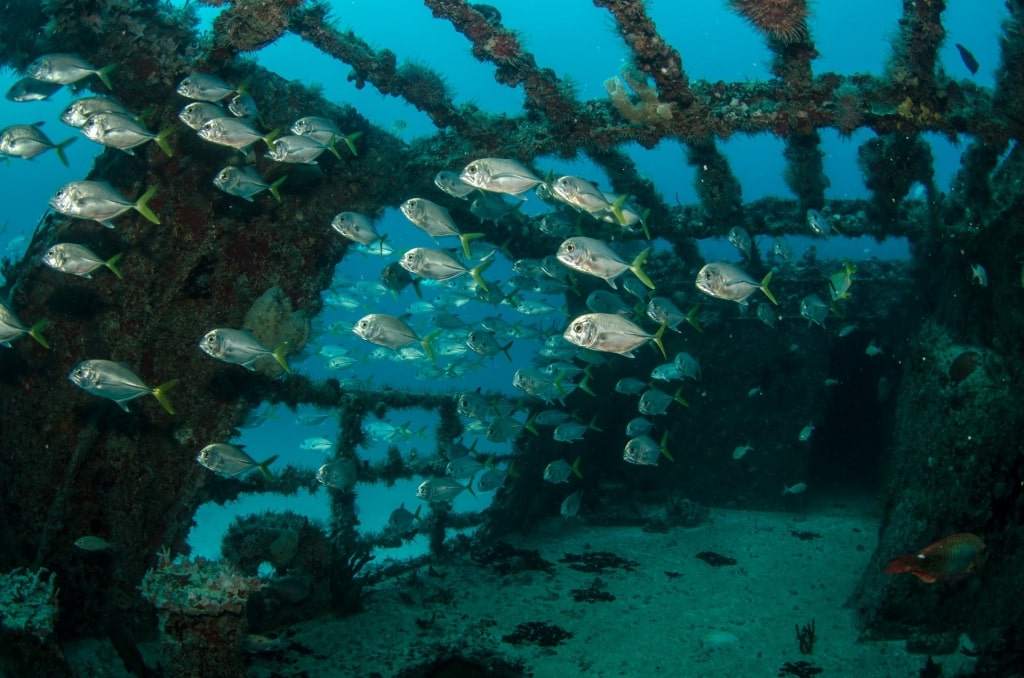
Mesoamerican Barrier Reef
Experience the rich variety of Mexican culture and traditions on a cruise to Mexico. Browse our cruise itineraries and book your next Mexican vacation today.
